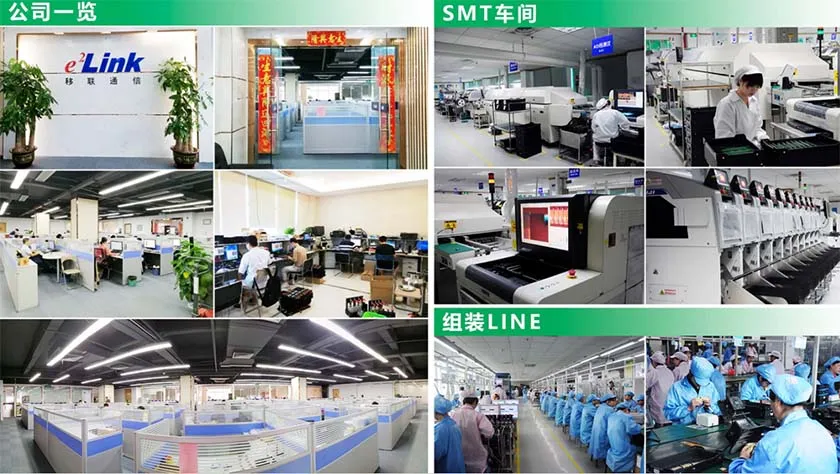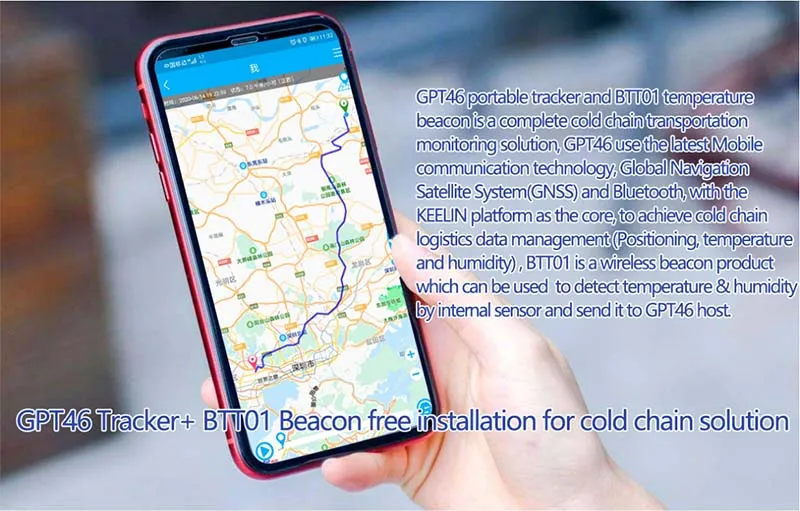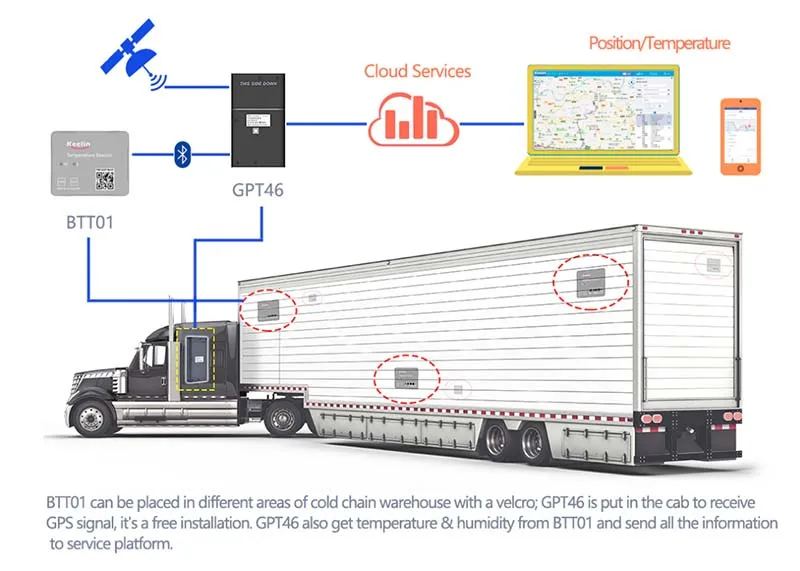By 2025, the Internet of Things (IoT) is advancing at an astonishing pace, emerging as a pivotal force driving global innovation and industrial transformation. The rise of edge computing, 5G, and artificial intelligence (AI) is infusing IoT with boundless vitality, reshaping its technical architecture and application scenarios. This is an era brimming with excitement and opportunity, but it also demands higher standards for engineers and system designers.

Technological Innovations: Advancing IoT to New Heights
The rapid development of IoT is fueled by the deep integration of cutting-edge technologies. First, edge computing brings data processing capabilities to the device level, enabling analysis and decision-making closer to the data source. Compared to traditional cloud computing architectures, this approach not only reduces data transmission latency but also enhances privacy protection, making real-time applications such as autonomous driving, smart factories, and telemedicine feasible.
Meanwhile, the proliferation of 5G technology provides IoT with high-speed, low-latency, and massive connectivity capabilities. Its potential to connect millions of devices per square kilometer lays the foundation for smart cities, industrial IoT, and large-scale sensor networks. The integration of AI further empowers IoT systems with robust learning and predictive capabilities, enabling them to autonomously adapt to complex environmental changes, optimize resource allocation, and achieve self-repair.
Opportunities and Challenges for Engineers
However, technological breakthroughs also place greater demands on IoT professionals. Engineers and system designers face multifaceted challenges in designing secure, scalable, and efficient systems. With edge computing and 5G networks enabling more complex data transmission and collaboration among devices, security issues are paramount. How to protect user data from threats and design systems to resist cyberattacks has become a critical focus for every IoT engineer.
Additionally, the large-scale deployment of IoT presents stringent requirements for system scalability. Engineers must ensure that systems can continue to operate efficiently under the strain of massive devices and data. The introduction of AI models adds further complexity to system design: optimizing algorithm performance, reducing computational power consumption, and achieving efficient inference on edge devices are all pressing areas of research for system designers.
Industrial Ecosystem: Technological Integration Driving Business Value
Edge computing, 5G, and AI not only transform technology but also profoundly influence the business ecosystem of IoT. Industries are integrating these technologies into traditional processes to achieve digital transformation. Smart logistics, precision agriculture, and remote device management are becoming exemplary applications of IoT. For enterprises, those who can first master these new technologies and translate them into practical applications will secure a leading position in market competition.
EELINK Communications: A Pioneer Driving IoT Connectivity
Amid this technological wave, companies like EELINK Communications are playing an indispensable role. As a high-tech enterprise with over 20 years of experience in IoT hardware and software R&D and manufacturing, EELINK Communications is dedicated to applying wireless communication technologies to IoT scenarios. Its products span remote monitoring platforms and asset management services, serving areas such as vehicle anti-theft, insurance sales, and cold chain transportation management.

EELINK Communications’ core competitiveness lies in its innovation-driven and customer-focused approach. By developing precise sensing devices and efficient software platforms, they have achieved a closed-loop process from data collection to analysis and decision-making. In particular, in the field of cold chain transportation management, EELINK Communications leverages real-time temperature and humidity monitoring technology to significantly enhance transportation efficiency and reduce cargo loss. This technological innovation not only helps industry customers create value but also advances the entire IoT ecosystem.

EELINK Communications firmly believes that the future of IoT depends on solving customer needs. The company not only pursues excellence in product development but also explores more potential application scenarios through deep collaboration with clients. The new landscape of IoT in 2025 is not just a technological arena but also a test of an enterprise’s capacity for innovation. EELINK Communications has undoubtedly emerged as a standout in this era.

By 2025, IoT is set to become a model for the integration of technology and industry. The deep convergence of edge computing, 5G, and AI offers engineers and system designers an expansive platform while imposing higher standards. In this era of challenges and opportunities, companies like EELINK Communications, which dare to innovate and excel in value creation, are becoming vital forces driving IoT’s future development. Let us collectively anticipate that in this magnificent technological revolution, IoT will write an even more glorious chapter.
